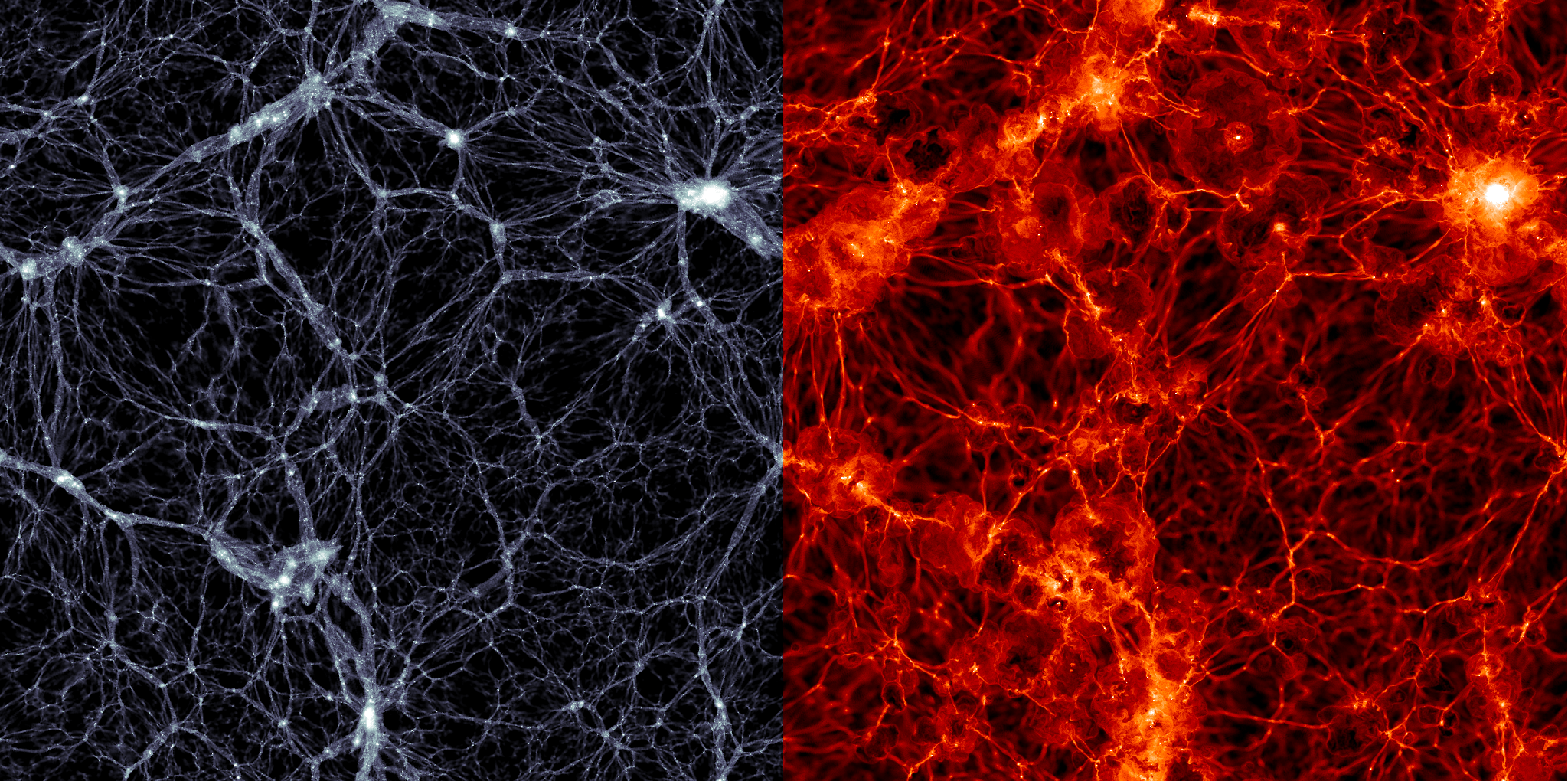Since the “Golden Age of General Relativity” in the 1960s, scientists have held that much of the Universe consists of a mysterious invisible mass known as “Dark Matter“. Since then, scientists have attempted to resolve this mystery with a double-pronged approach. On the one hand, astrophysicists have attempted to find a candidate particle that could account for this mass.
On the other, astrophysicists have tried to find a theoretical basis that could explain Dark Matter’s behavior. So far, the debate has centered on the question of whether it is “hot” or “cold”, with cold enjoying an edge because of its relative simplicity. However, a new study conducted led by the Harvard-Smithsonian Center for Astrophysics (CfA)


